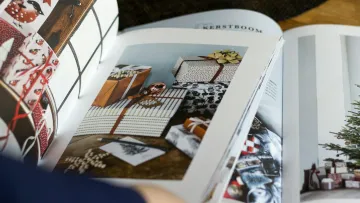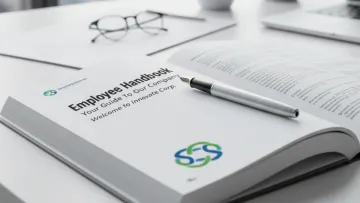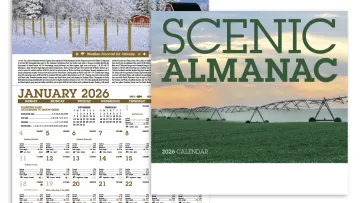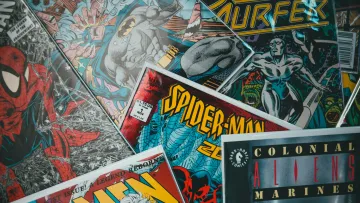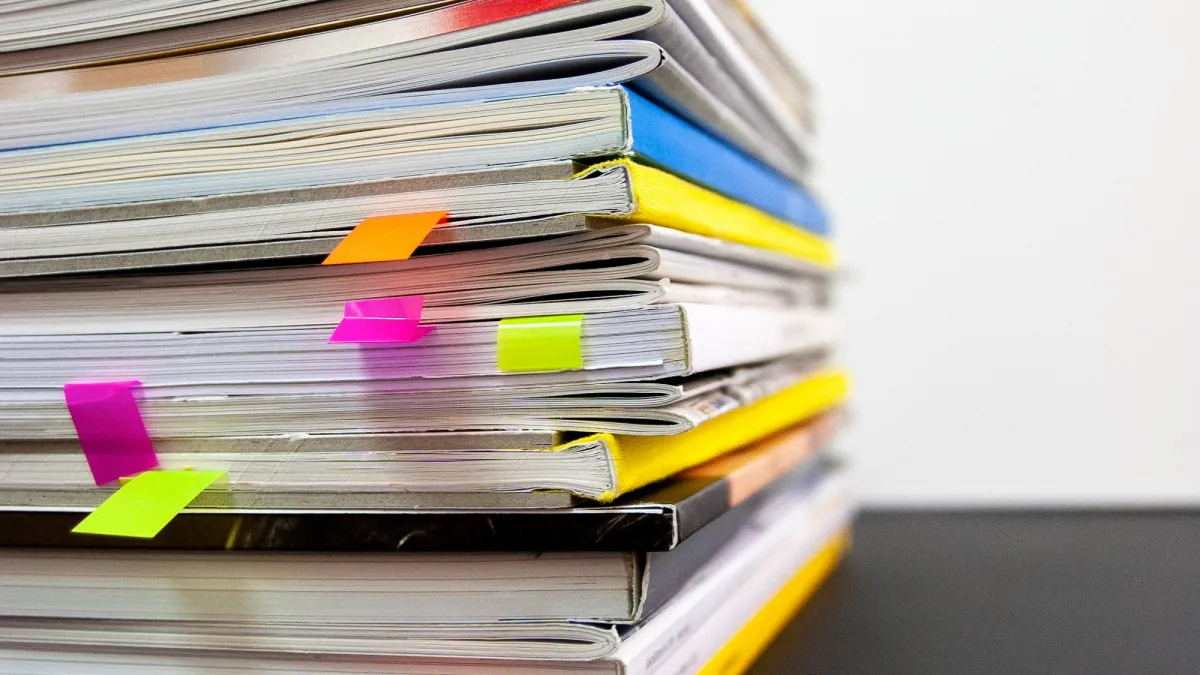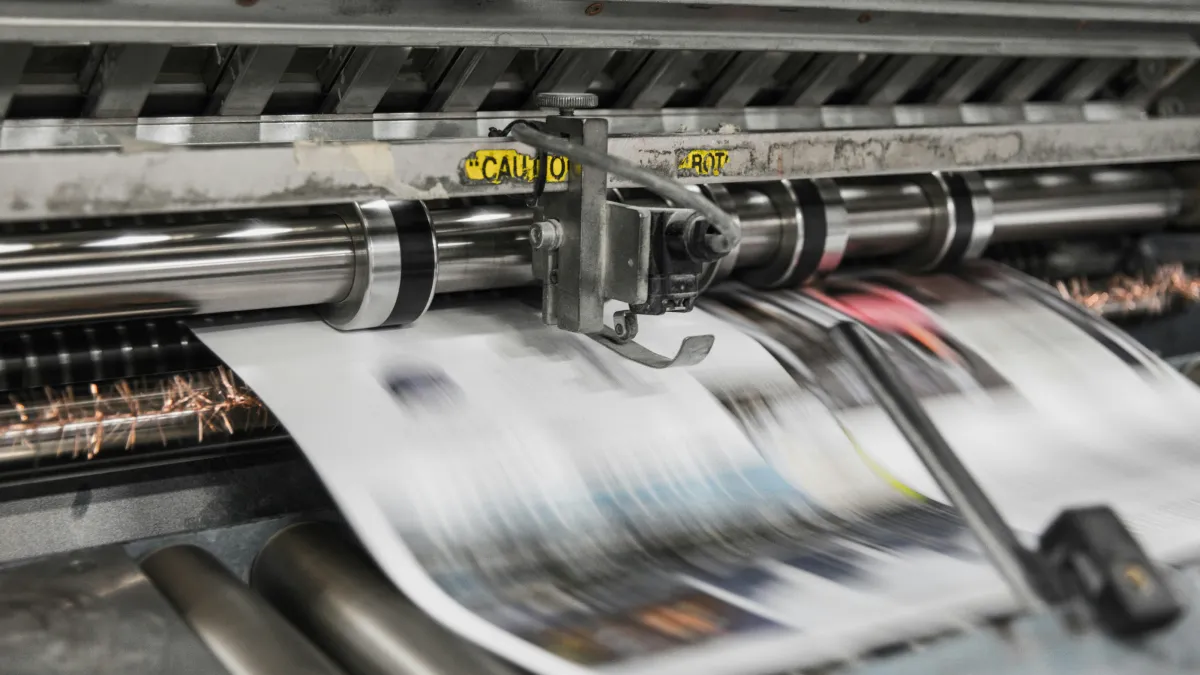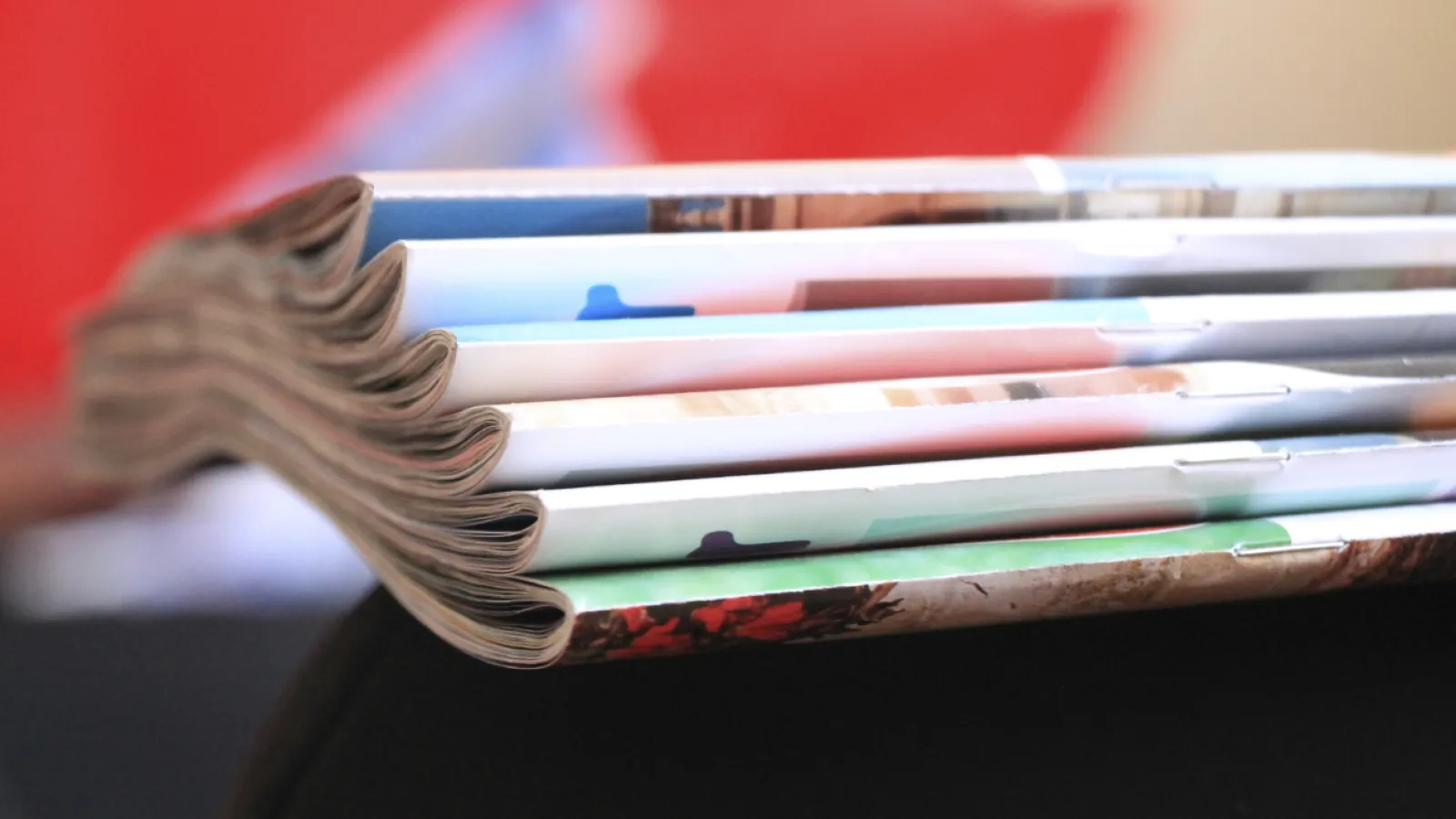
Saddle-Stitch Book Binding & Printing
Ready to get started? Get a Quote!
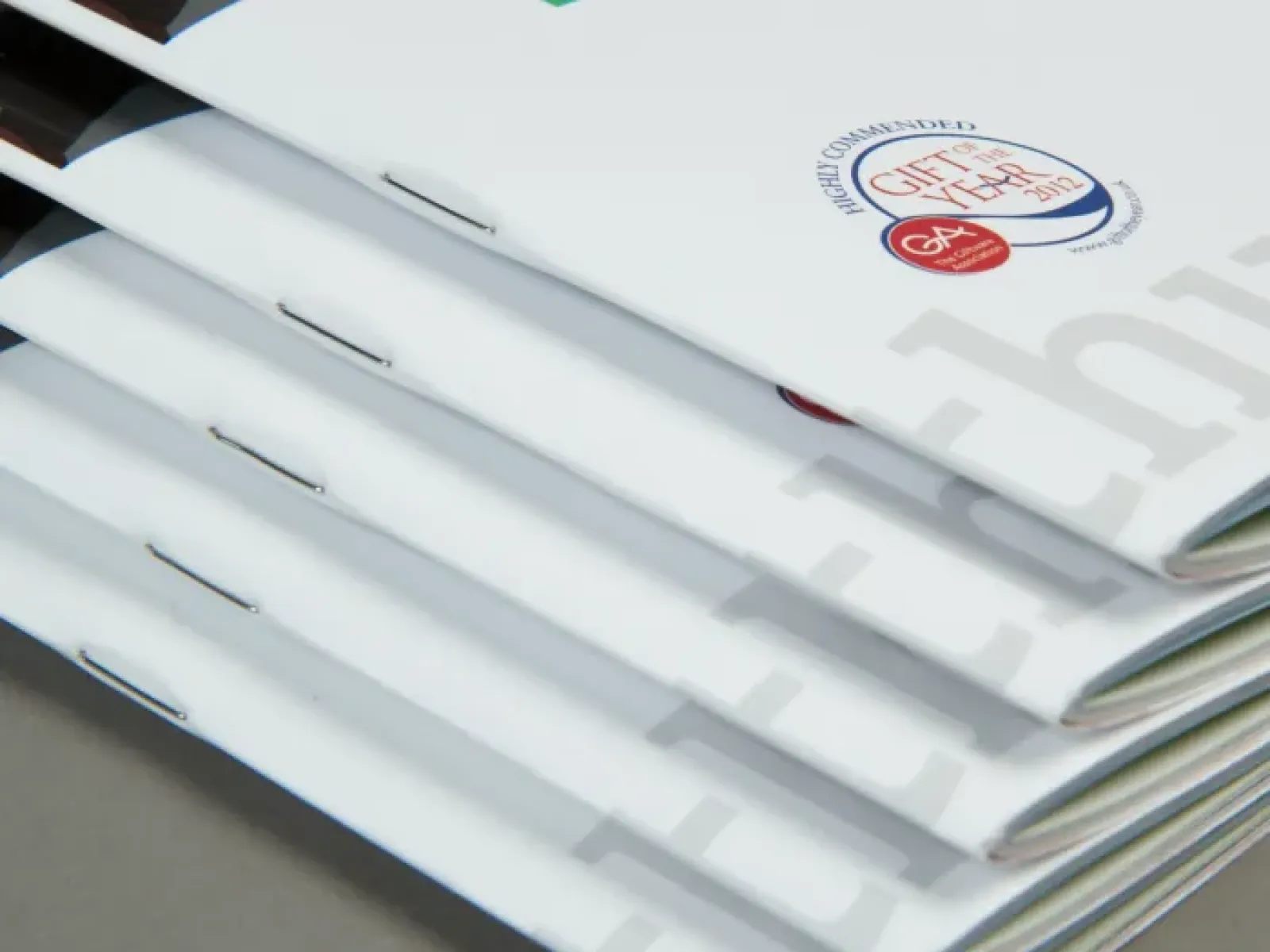
What is Saddle Stitch Book Binding?
In the printing industry, Saddle Stitching refers to a very popular book binding method in which folded sheets are gathered together one inside the other and then stapled through the fold line with wire staples. The staples pass through the folded crease from the outside and are clinched between the centermost pages. Two staples are commonly used but larger books may require more staples along the spine.
This binding method not only ensures the integrity of the book but also facilitates seamless page-turning. Most of the time, the cover is made from heavier paper than what is used for the inside pages. Despite its straightforward nature, the outcome is a professionally finished document that exudes a polished and refined appearance.
Why is it called Saddle Stitching?
Saddle Stitching may sound like an odd name for a book-binding process that places wire staples through sheets of paper, but in the printing industry, stapling is commonly called Stitching. Also, the collated sheets are draped over a Saddle-like apparatus during the stapling/stitching process, hence the name Saddle Stitching.
Saddle Stitch Book Binding Applications
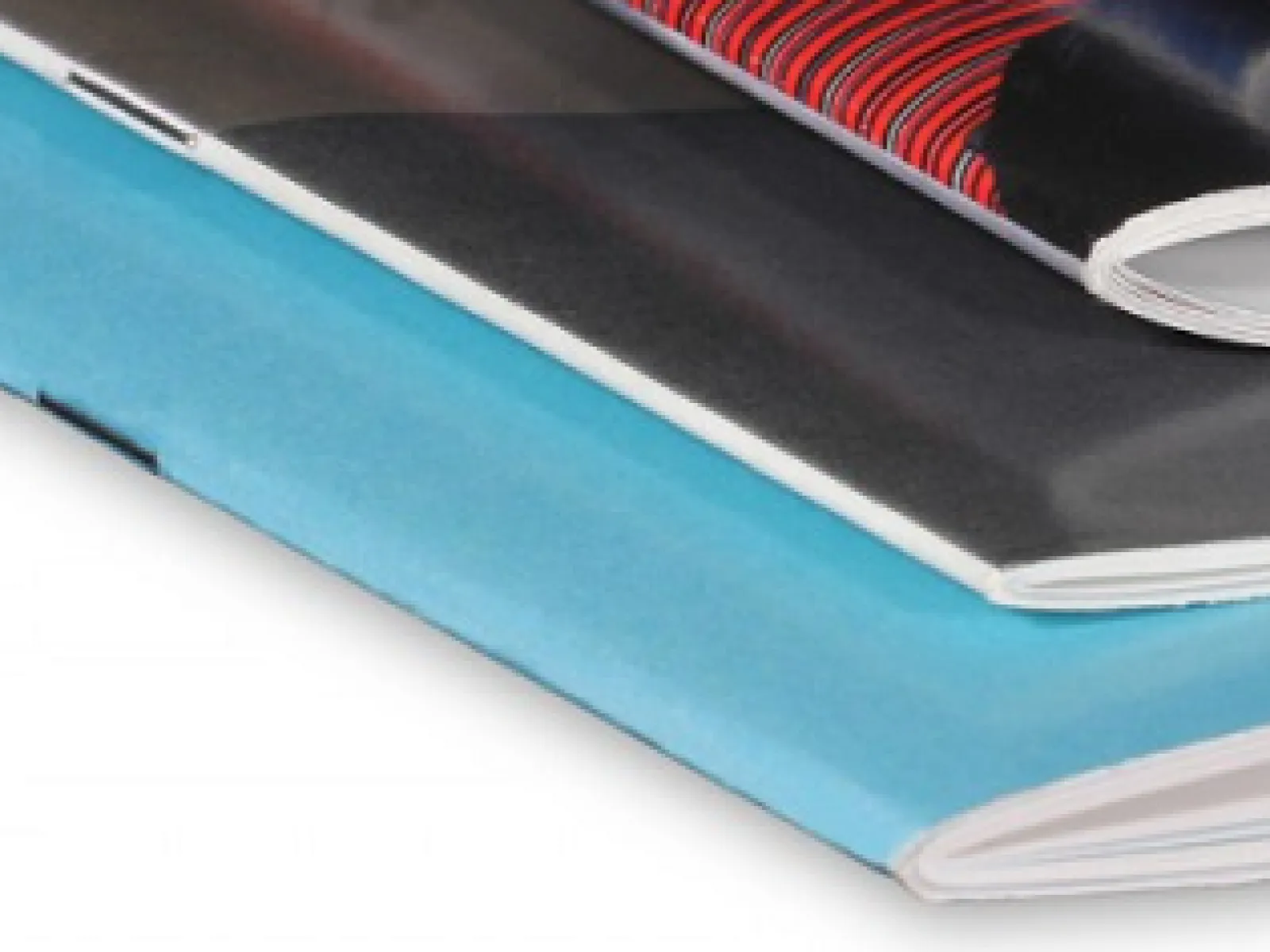
The Saddle Stitch Process
To help illustrate this bindery process, let's use a Saddle Stitched booklet with a finished page size of 8.5 x 11 as an example. The pages and cover of this booklet would be made from 11x 17 sheets that are folded in half to 8.5 x 11. The folded sheets would be nested one inside the other and then stapled together along the folded crease or spine. Each 11 x 17 sheet folded in half creates four pages of the book. By its nature, Saddle Stitching requires the book's page count to be in multiples of four. Remember this during your book layout to avoid any unplanned blank pages.
The Saddle Stitching bindery operation occurs after the pages and cover have been printed, partially folded and nested together. After being joined by staples, the cover and pages of the book are folded tighter together. Some thicker Saddle Stitched books are trimmed along the edge opposite the spine to keep the pages uniform and neat in appearance. Books and other documents that are commonly Saddle Stitched include programs, wall calendars, booklets, newsletters, pamphlets, direct mailers, comic books, thinner magazines and catalogs.

